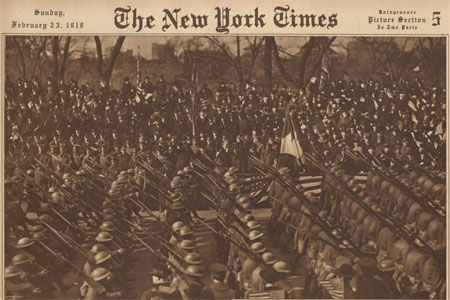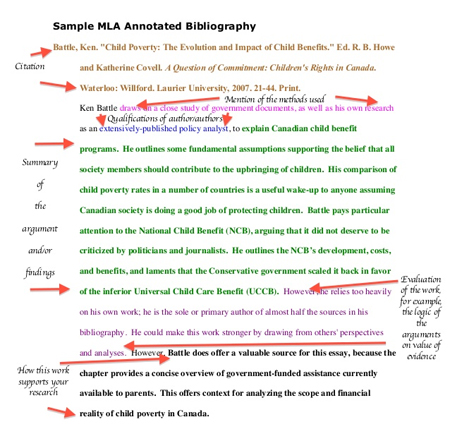Primary Source Learning: What Are Primary Sources?
This definition from the Library of Congress provides a basic answer to the question above. “’Primary sources’ are the raw materials of history — original documents and objects which were created at the time under study. They are different from secondary sources, accounts or interpretations of events created by someone without firsthand experience.” To learn…




